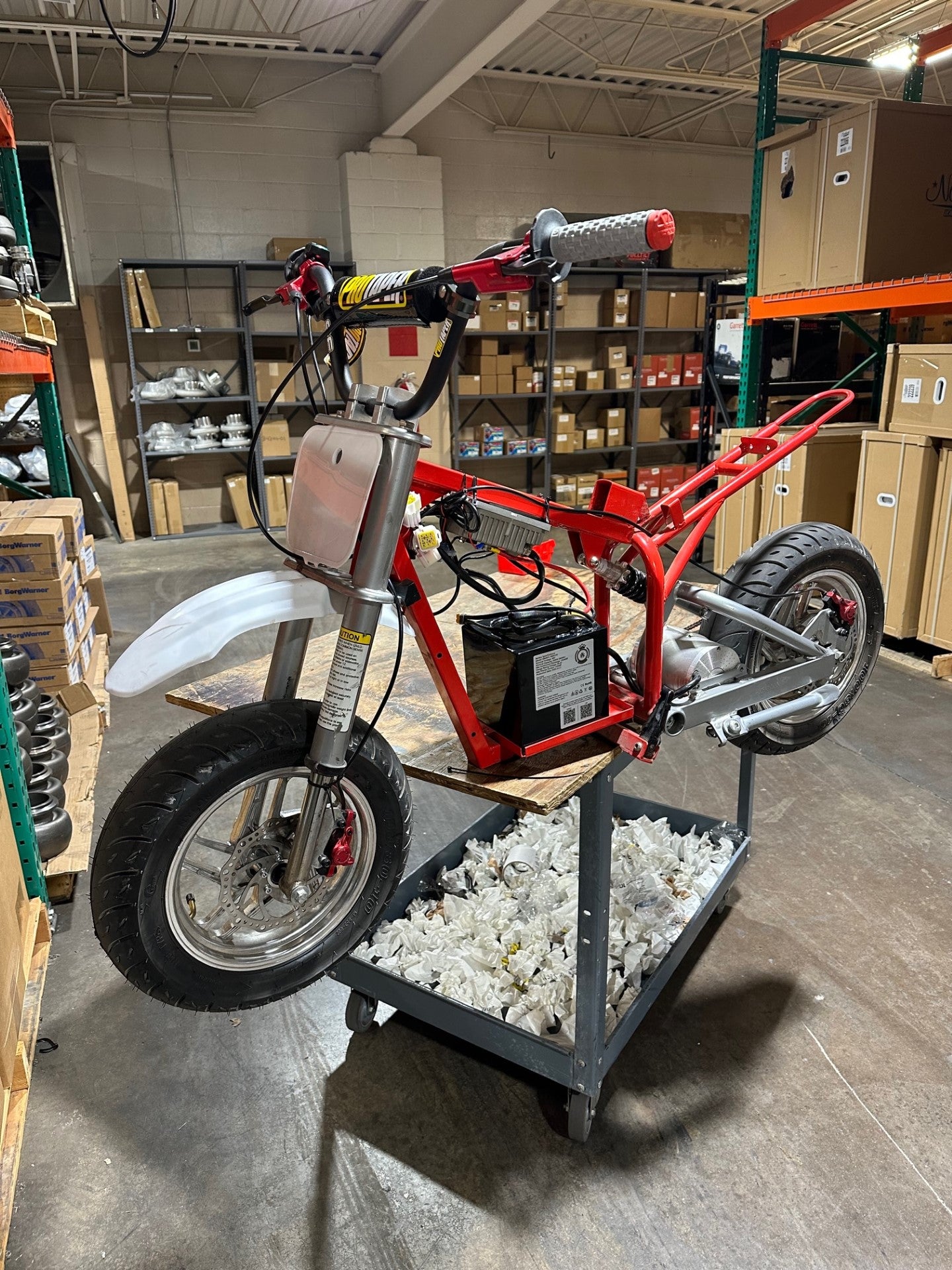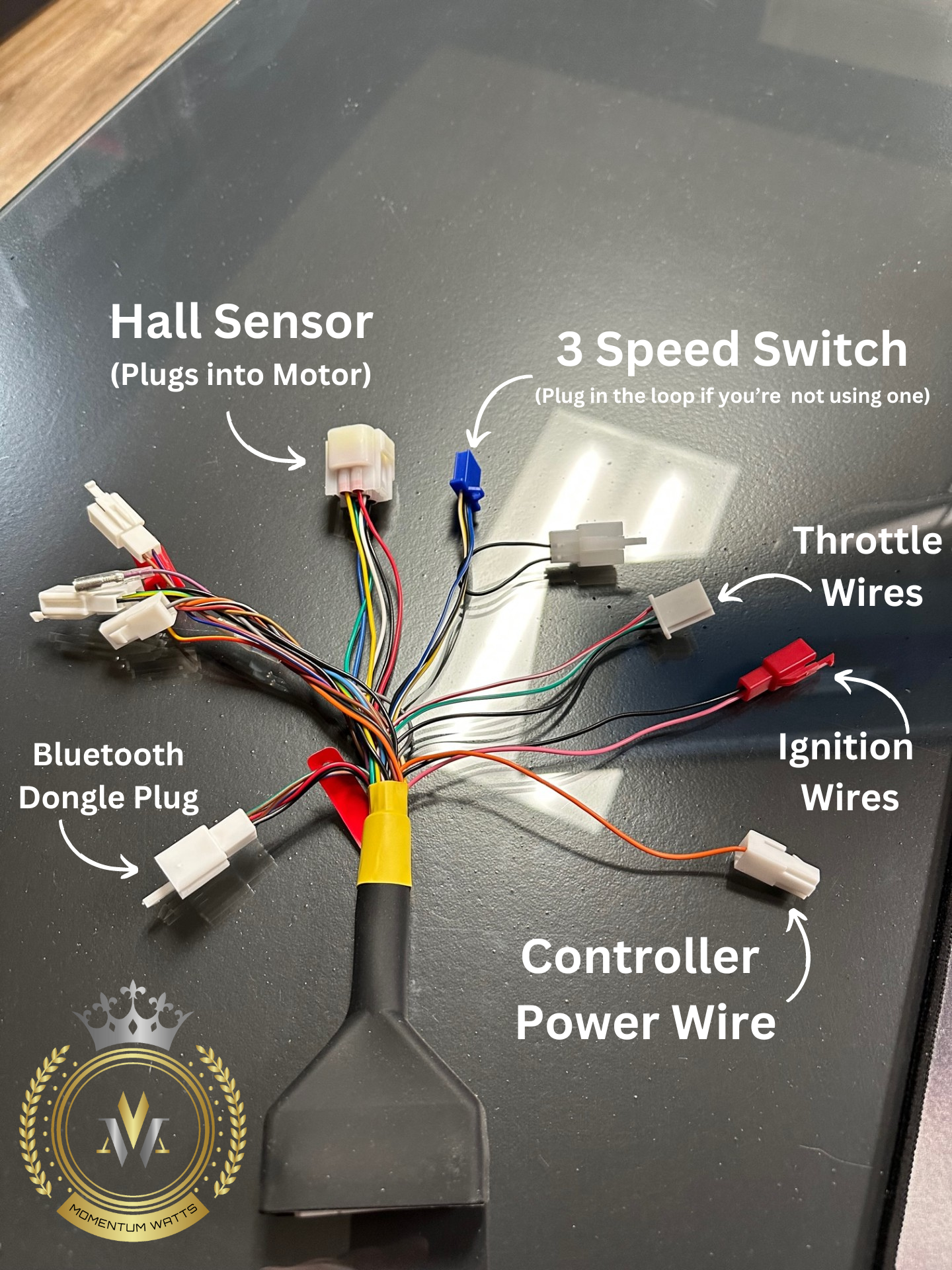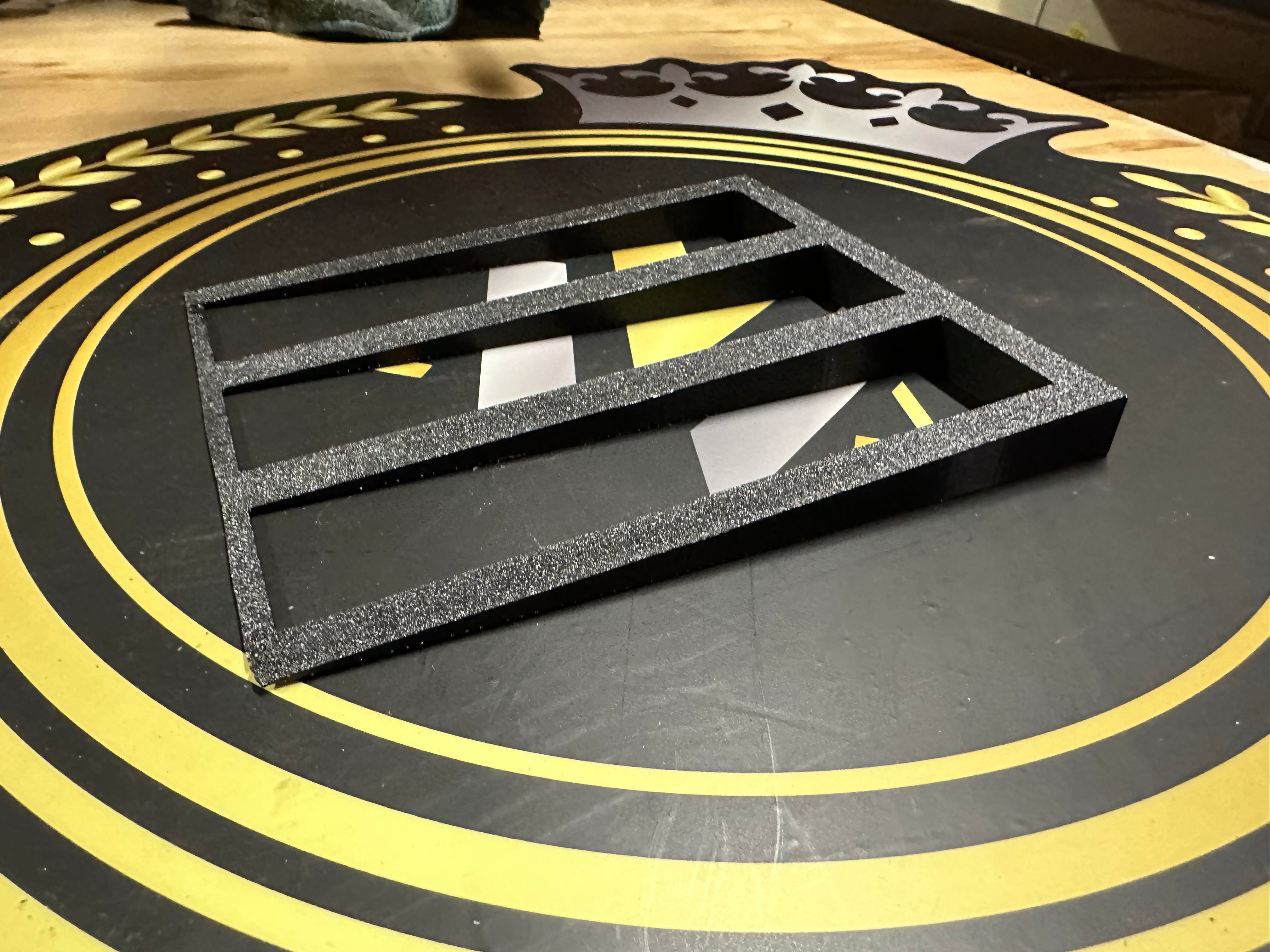There terms are CONSTANTLY thrown around in the electric bike world, and for the most part - bigger IS better, but what do these numbers ACUTALLY MEAN? While I am not an engineer, electrician, nor scientist; I think I have way to help explain this to anyone.
Lets start with a basic equation:
AMPS x VOLTS = WATTS
Now picture a straw in a milk shake:
AMPS is the width of the straw (Volume)
VOLTS is the amount of force used to suck the milk shake threw the straw (Pressure)
WATTS is the amount of milk shake that you get into your mouth (Output)
_________________________________________________________________
Now that we understand the relationship between these 3 factors, lets talk about what this means for your electric pitbike. When I first got into the hobby, I naturally just focused on VOLTS and WATTS, because this is what majority of advertisements are based around. You can easily go online and find a higher watt motor and higher voltage battery, but the thing most people overlook are the amps.
While watts are specific to the motor, and volts are specific to the battery, amps are reliant on the battery AND the controller working together. The controller takes amps from the battery and applies them to the motor. So in order to get sufficient amps, you need a battery with enough continuous amp rating, and a controller that's able to pulls those amps from the battery and apply them to the motor. The combination of amps and volts supplied to the motor make up the watts, or the power output of the motor.
Often times with cheaper controller, they have a low amp rating, so while it may be a 72V battery and 5000 watt motor, the acceleration and throttle response are poor because the controller cannot translate the power fast enough.
______________________________________________________________
So when it comes time to purchase a battery, controller, or motor - here's what you need to do: Determine if the battery has enough amps & volts to generate the amount of watts that your motor can support, and make sure you pick a decent controller that is rated high enough to draw the desired amps. When picking components, try to keep everything relatively close in size/output. Don't buy a 13KW motor if your're only running a 48Volt/100AMP battery. (48x100 = 4800), which means a 5KW motor would be more then amble.



